Nintendo: Success Is in the Cards
1889 is a very important year in videogame history. Yes, that’s 1889. It is this year when Fusajiro Yamauchi founds Nintendo (任天堂) Koppai on September 23 in Kyoto, Japan. To attempt a translation of the name: nin(任) translates to “entrust to” or “heavy responsibility”, ten(天) equates to “heaven”, and dou(堂) translates to meaning a shrine or other such building or hall of importance. Put together, it roughly translates to a statement that while they will work hard, this is a company whose fortunes are to be left to the mercies of heaven.
The company’s products are carefully hand-crafted hanafuda playing cards, made from the bark of mulberry trees. The term “hanafuda” means “flower cards”, named for the depiction of flowers found on them, which changes depending on the region they’re sold in. Hanafuda games constitute a popular pastime in Japan, and Yamauchi’s cards are adopted by the Yakuza, the Japanese Mafia, as their cards of choice when gambling. Their penchant for fresh cards every hand keeps demand high. After expanding into Western style playing cards in 1907, the company becomes the largest playing card manufacturer in Japan. In 1933 they move into a proper HQ and become Yamauchi Nintendo & Company. Under the auspices of third president, Hiroshi Yamauchi, the company becomes Nintendo Playing Cards in 1951. A breakthrough comes in 1959 with a contract with Walt Disney Co. to produce cards featuring Disney cartoon characters, with the series going on to sell 600,000 packs that year. By the 80’s, Nintendo will be manufacturing 80 percent of the playing cards made in Japan.
Heading into the 60’s, Yamauchi renames the company again, to Nintendo Co, Ltd., signalling his desire to expand the company’s focus from simply being a producer of playing cards. Along with numerous diversions such as a taxi company and a chain of “love” hotels that rent rooms by the hour, Yamauchi creates a division within the company that will drive it in a new direction. Headed by accounting manager Hiroshi Imanishi, the department has a simple name that belies what Yamauchi feels is the future of Nintendo: Games. Yamauchi will soon find exactly the right man to help lead this department and drive the modernization of the company, right under his nose.
Gunpei Yokoi of Nintendo: The Toy Man
Gunpei Yokoi is hired as an electrical engineer at Nintendo in 1965, to maintain the electrical equipment that keeps Nintendo’s playing card production machines running. A known tinkerer of home-made devices and gadgets, Yokoi uses company tools and material in order to craft playful toy distractions on the side. Yamauchi, touring the factory floor one day, spots one of Yokoi’s creations. It is a mechanical arm made from wooden lattice, which stretches out several times its length when the handles on one end are pushed together, along with grippers at the other end that close, allowing the user to grab things from a distance.
This penchant for utilizing older technology in new ways instead of always chasing the latest thing forms the core of Yokoi’s design philosophy. It is an attitude that eventually filters down into the very marrow of Nintendo, where developed technology often shows up in practical use even 20 years after the fact.
The maintenance man is told to bring both the toy arm and himself to the Chairman’s office. Rather than the reprimand Yokoi is expecting for goofing off on company time, he is instead told to refine his toy into a product Nintendo can sell. When the device is released to market as the Ultra Hand in 1967, the toy is a big hit, selling 1.4 million units. Yokoi is quickly kicked upstairs by Yamauchi and put under the auspices of Imanishi as the lead in a new engineering department within Games. Yokoi’s division constitutes the first research and development (R&D) department within Nintendo. A number of these R&D teams would eventually be created, each with a different head and each competing to win the approval of Yamauchi and have their ideas moved into production. Yokoi’s original department is tasked to develop new, exciting entertainment products for the Japanese market. A line of other Ultra toys made by Gunpei follows, including an indoor pitching machine using light plastic baseballs, called Ultra Machine, as well as the toy periscope Ultra Scope. The R&D team also produces the Love Tester in 1968, Nintendo’s first foray into the use of electronics, where two people would each hold a sensor attached to a small handheld meter, and then hold hands to complete the circuit. The meter would then display their “love score”. This unusual device is a big hit in Japan, most likely due to being purchased as a reason for young men and women to hold hands in a culture where this is still a risqué thing to do.
JUMP: Japanese commercial for the Love Tester
Lighting it Up
After meeting a representative from Sharp named Masayuki Uemura who is trying to interest Nintendo in finding uses for Sharp’s solar-cell technology, Yokoi develops a series of light-gun games called Kousenjuu or Ray Gun SP, selling in stores beginning in 1970. These consist of toy pistols or rifles that project a beam of light, which when aimed correctly, would be registered by Sharp solar cells inside various targets that react by falling apart or lighting up. This type of toy tech would be utilized by various other manufacturers over the years, including in the Marshal BraveStarr line by Mattel in 1986.
TV ad for Mattel’s BraveStarr, using same concept as Nintendo’s light gun toys, 1986
Gunpei lures Uemura over to Nintendo in 1971, where he eventually heads up the second Nintendo research and development department, R&D2. The Ray Gun series of toys eventually morph into a large scale version, developed in 1973 and installed in former bowling alleys left empty after the 60’s bowling craze in Japan had passed. Against a wide mural of a painted wilderness, the Laser Clay Shooting System has people paying to take shots at clay targets projected on the wall with another version of Yokoi’s light rifle, with a positive hit showing the targets exploding. The venture is another big hit for Nintendo, that is until the OPEC-driven oil crisis starting in 1973 causes a wave of belt-tightening in Japan, resulting in a rash of canceled contracts. Having expanded into multiple locations costing ¥4 to ¥4.5 million per set-up, Nintendo ends up saddled with billions of yen in debt. Only their favourable placement on the Japanese stock market and the continuing confidence of shareholders keep the company out of bankruptcy.
To further help keep the company afloat, the technology of the Laser Clay Shooting System is shrunk down to a smaller footprint for arcades, called Mini Laser Clay. It is also adapted for use as a single-player coin-operated arcade machine in 1974, as part of Nintendo’s Simulation System. In Gun Fight, players stand at a console and strap on a holster holding a mock pistol that is tethered to the unit by a cable. Installed unseen under the console are two video projectors pointed at a screen. Would-be gunslingers watch desperadoes on the screen, previously recorded on 16mm film, and when they see a flash in the eyes of the bad guys they have to draw and shoot faster than their opponent. If they succeed, the other projector kicks in and shows the enemy shot and killed. If they miss, it’s a lost life for them. The shooting game makes its Amusement Trades Exposition debut, renamed as Wild Gunman, in London, England in January of 1975. While the simulation is scaled down from the bowling alley version shooting gallery, Wild Gunman will still shoot $14,000 out of the pockets of purchasers. Though this revised version does include a hood around the screen to make the proceedings less vulnerable to being washed out by surrounding light. Also produced is Shooting Trainer, with the same mechanics and body, only players shoot rather less interesting glass bottles as targets. Both games are released in North America by SEGA of America in April of 1976, and are eventually followed by other projection games such as Sky Hawk (1976) and Test Driver (1978).
Another coin-op game of this era is EVR Race, designed by Genyo Takeda. Players gather around the machine and place bets on the outcome of either a horse or car race, depending on how the game is set up. Once all the bets are made, a video of the race is played on a TV screen. The EVR in the title refers to Electronic Video Recording, an early version of video tape, that is stored in round cartridges. Because of this new video technology, EVR Race, released in 1975, could be considered the first video game ever made by Nintendo. Its temperamental nature, however, keeps it from becoming a success for the company.
Pages - 1 2







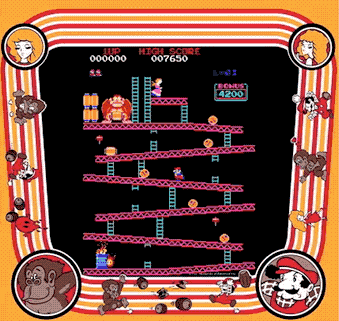


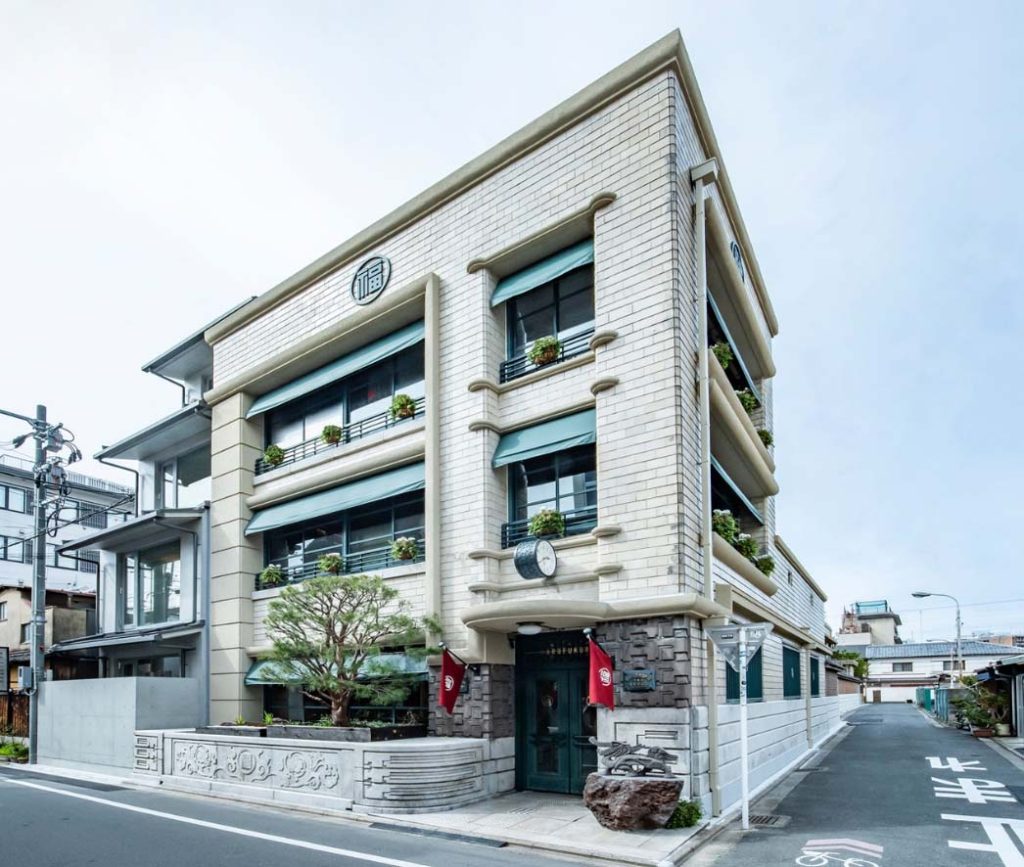



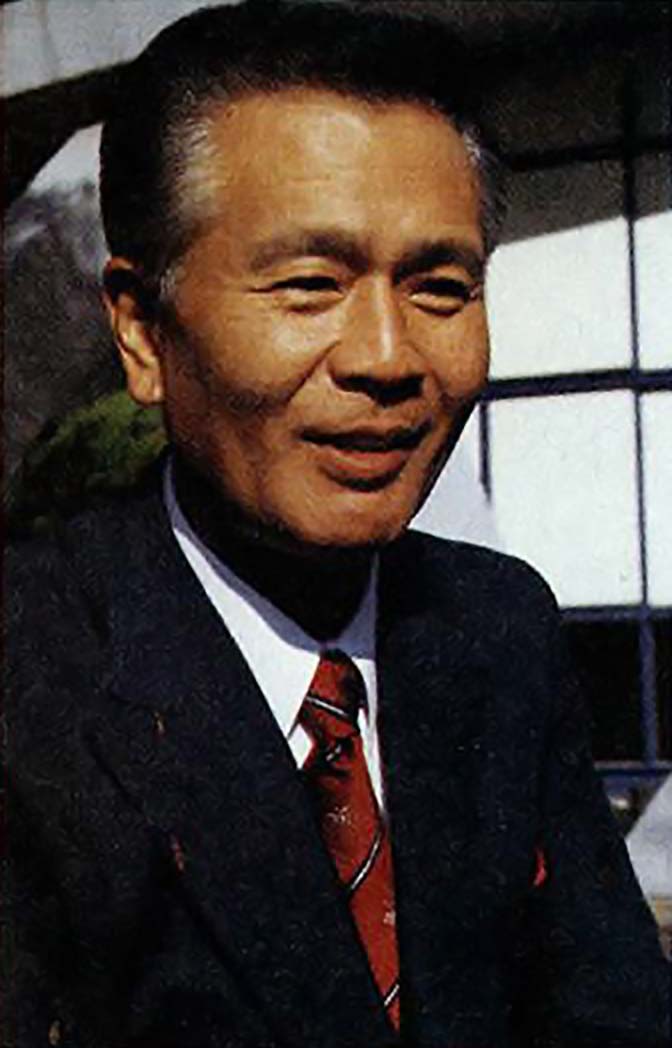


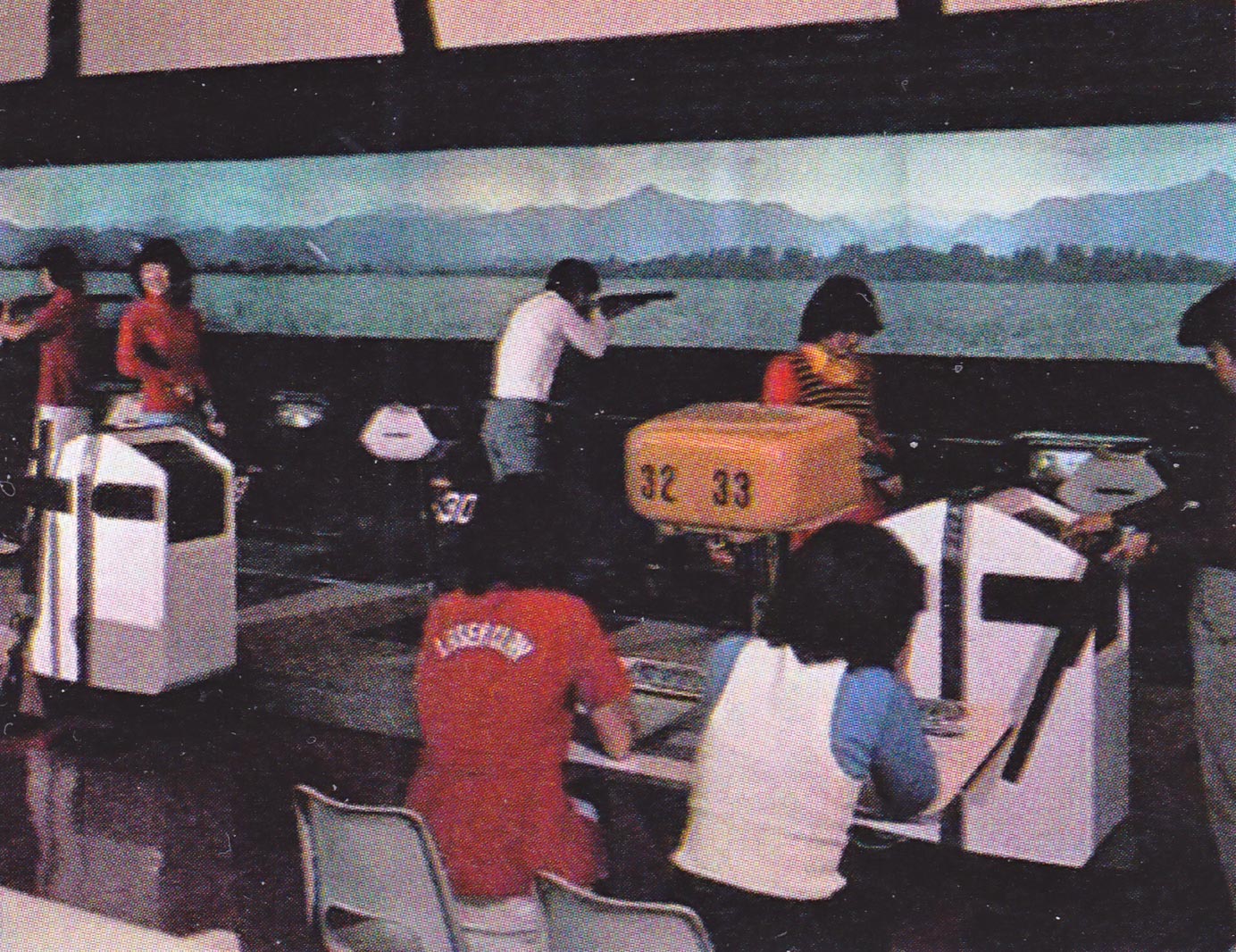
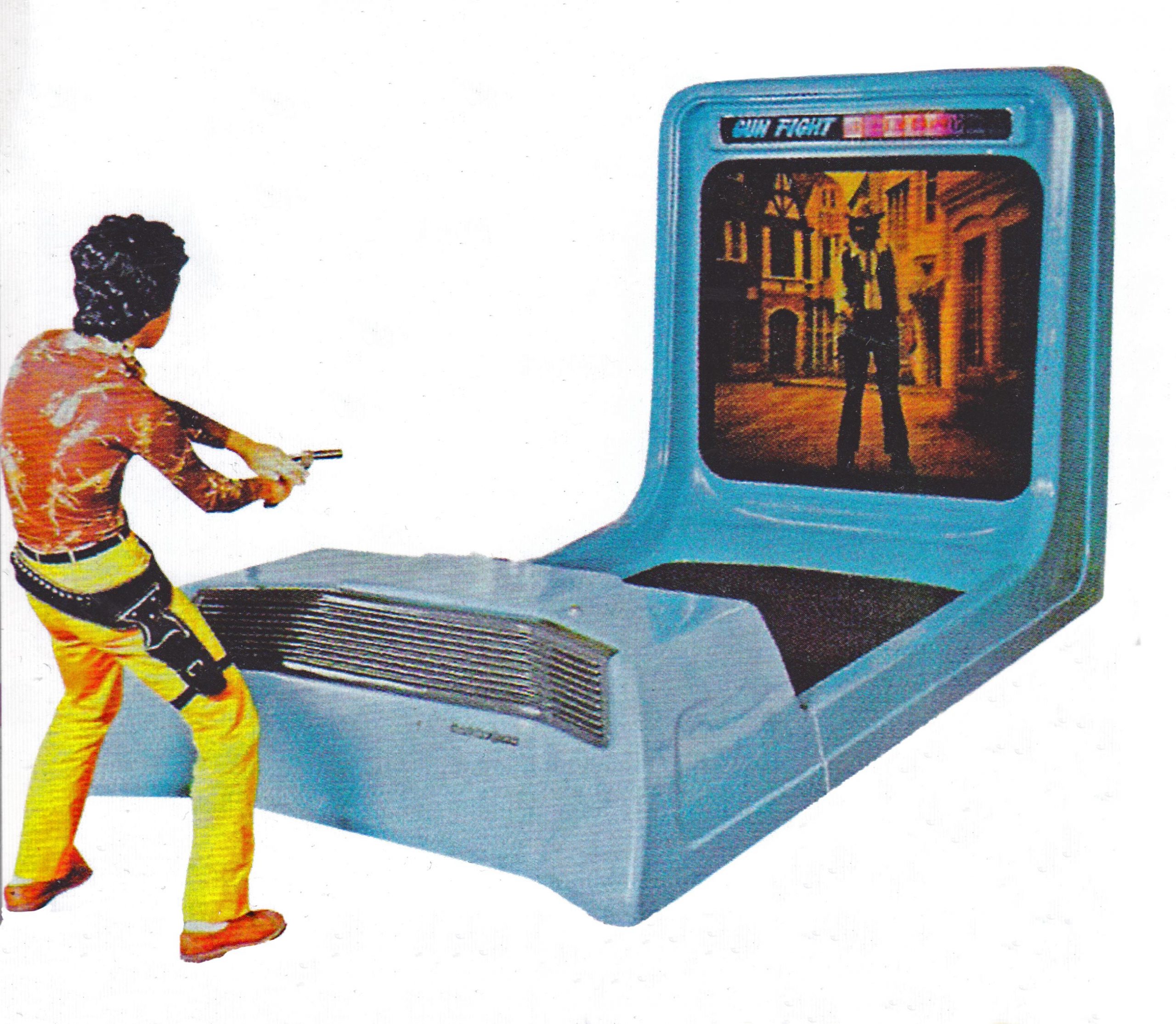


The TI-99/4A version also had the cement pie level.
Great to note, thanks for that!